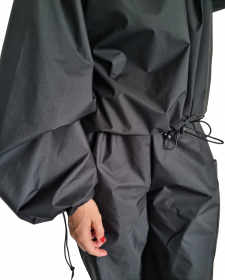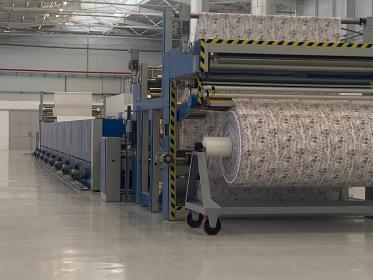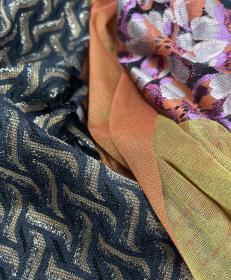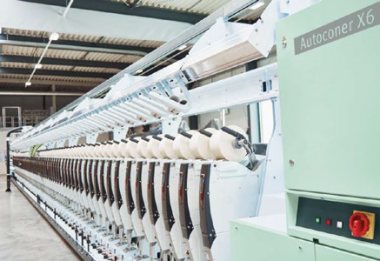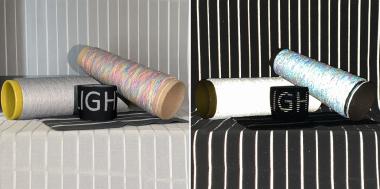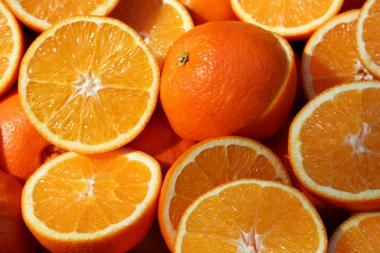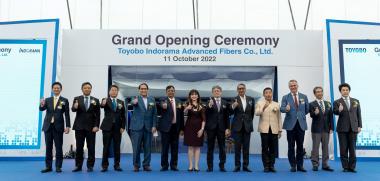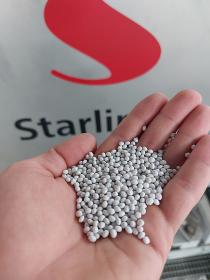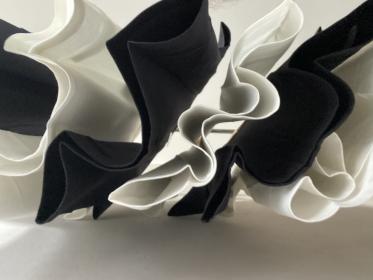Asahi Kasei Group celebrates 100 years at ISPO Munich 2022
The Japanese textile brand ECOSENSOR™ by Asahi Kasei Advance continues its eco-high tech path and joins ISPO, the influential fashion and textile fair dedicated to sportwear and athleisure-wear, as part of an Asahi Kasei space within the ISPO Brandnew area, presenting its AW 2024/2025 & SS2024 collections, made of high-tech fabrics implementing new-generation values, with the aim of keeping nature, body and mind in harmony.
2022 is a special time for Asahi Kasei as it celebrates its 100th anniversary. This year at ISPO Munich (28-30th November), Asahi Kasei Group present its innovation world featuring three of its brands: ECOSENSOR™, ROICA™ and RespiGard™.
ECOSENSOR™ presents 47 new references that meet the needs of the contemporary consumer, such as durability, wellbeing and performance. Being capable of combining active climate control, exquisite touch, lightness and comfort with sustainable values, ECOSENSOR™ stands out as a unique eco-high-tech performance proposition in its market. The collection covers the different market applications with 3 items for INNERWEAR, 1 for OUTERWEAR, 13 for SPORT KNIT and 30 for SPORT WOVENS.
New this season is the application of the RespiGard™ by Polypore unique membrane designed for outdoor apparel. Its innovative pore structure is too small for water droplets to penetrate but features high porosity that allows for airflow and moisture evaporation.
In order to show at best the performances and possible applications of the fabrics made with RespiGard™, ECOSENSOR™ will feature at its ISPO space an ad hoc created outfit by the outerwear brand.
Furthermore, the majority of ECOSENSOR™ fabrics are made with sustainable ingredients which are certified by international certifications such as GRS and RCS through a traceable and transparent production process and supply chain. 100% of the stretch articles (representing 35% of the collection) are made with ROICA™ EF by Asahi Kasei, the recycled stretch yarn made from pre-consumer materials. Even the dyeing and finishing phases - key moments for performancewear - have been certified by international labels such as bluesign® or OEKO-TEX® Standard 100.
ECOSENSOR™ by Asahi Kasei / C.L.A.S.S..


